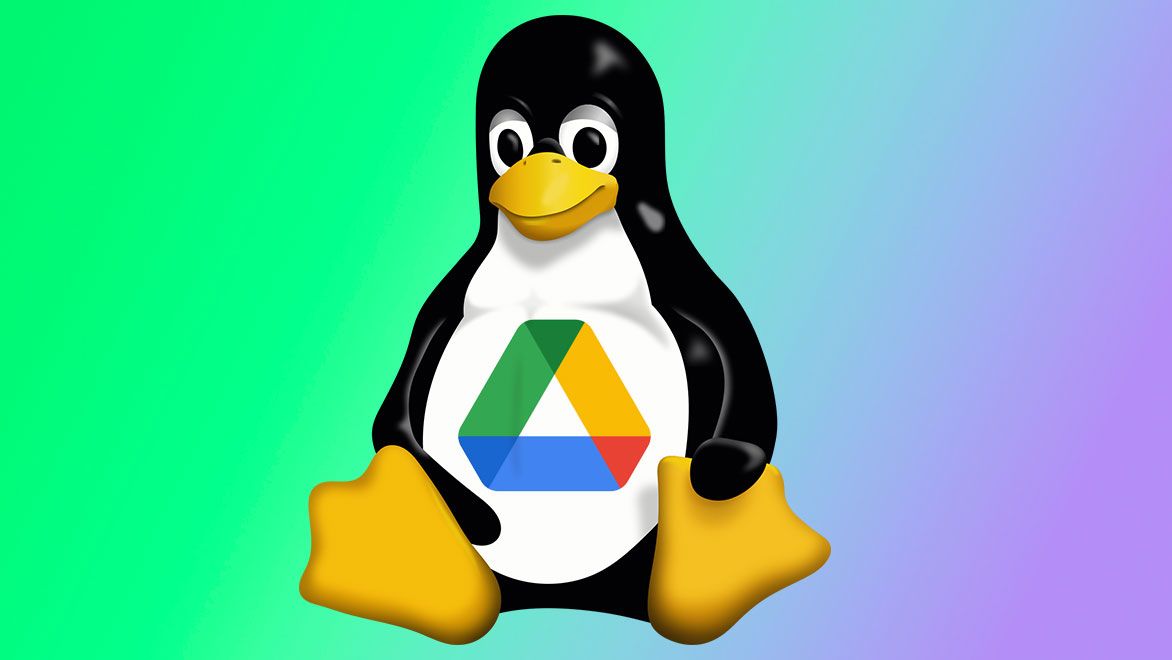A developer is celebrating after booting a Linux system from Google’s cloud storage platform. After overcoming a multitude of hurdles, they successfully booted a storage-less laptop from Google Drive and thus created a “Cloud Native Computer.”
Sambhav S, a Computer Science student at Purdue University and open-source developer, felt compelled to take on this cloud boot challenge after a friend recalled how they managed to get Linux to boot from a Network File System (NFS). The young developer explains that “competitiveness is a vice of mine” and wanted to dream up the most ambitious way to ‘one-up’ the NFS tale, and in a “ragged screech of madness,” decided to try and boot Linux from Google Drive.
With a modicum of Linux software development experience under their belt, Sambhav thought adopting FUSE, a program that acts as a filesystem driver in userspace, was a good starting point. The grand idea was that during the typical Linux boot process, a FUSE filesystem-based RAM disk would be offered up to serve key apps, OS, and networking binaries to make the Google Drive booting dreams into a reality.
To read more about the ensuing wrangling between developer and Linux, EFI images, ramfs, pivot_root and switch_root – as well as a host of errors from Google Drive symlinks – please dive into the source Ersei.net blog.
Once the major tweaking, finessing, and general ironing out of surprising chasms between expectations and reality was done – it was time to try booting from Google Drive on real hardware. Luckily, Sambhav had a spare laptop with no internal storage for testing. Only a few tweaks were needed in the migration from virtual machine (VM) development: the correct Ethernet driver, display, and network settings to build into a unified EFI (Extensible Firmware Interface) file.
Sambhav, the developer behind this so-called Cloud Native Computer, says the project was primarily a “silly” pursuit. There is also a problem with booting from Google Drive currently being very slow. However, the dev also boasts that “the possibilities are endless” and would welcome any companies or individuals who wish to get in contact and discuss commercializing this project or something related to it.
We note that various systems have supported network booting and even HTTP booting for decades. Google Drive is quite a different proposition, but how much code can you add to the local side of the equation (firmware, etc.) while still saying it is booting from a remote source?

